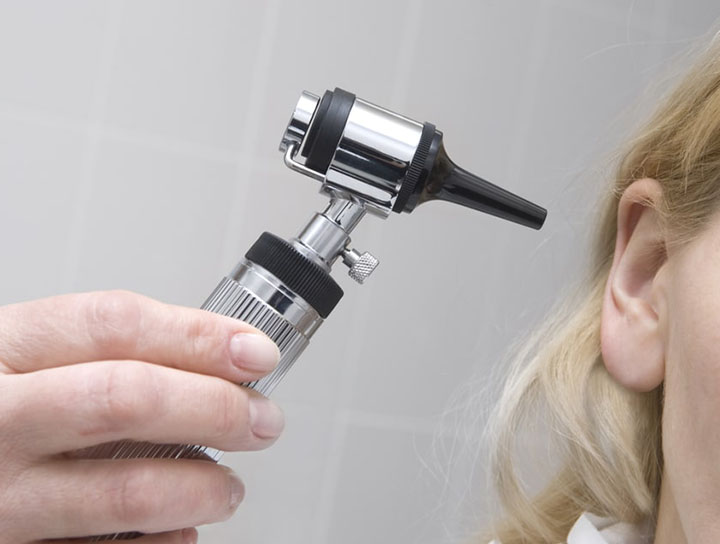Foreign Body Removal

Foreign Bodies in the Heart
Removal of retained foreign bodies from within the cardiac chambers or embedded in the myocardium was one of the first cardiac operations performed on a routine basis. In 1914, Saurbruch [30] reported a series of 105 patients who had undergone removal of intracardiac foreign bodies. During World War II, Harken [31], the pioneer of intracardiac surgery, successfully removed bullet and shrapnel fragments from in and around the hearts of 100 soldiers without a single operative death.
Indications for Removal
Generally, removal of foreign bodies from the heart is indicated if there is:
- Migration
- Conduction disturbances
- Possible gross contamination
- Recurrent pericardial effusions
- Systemic embolism
Evaluation and Removal
In the emergency department, fluoroscopy can be used further to evaluate metallic foreign bodies (ie, bullet fragments) that appear on chest radiograph. If the foreign body does not move, then this is suggestive of an intrapericardial location. If the object is located within the myocardium or a chamber of the heart, then sternotomy and cardiopulmonary bypass should be used to remove the foreign body to prevent development of complications [32].
